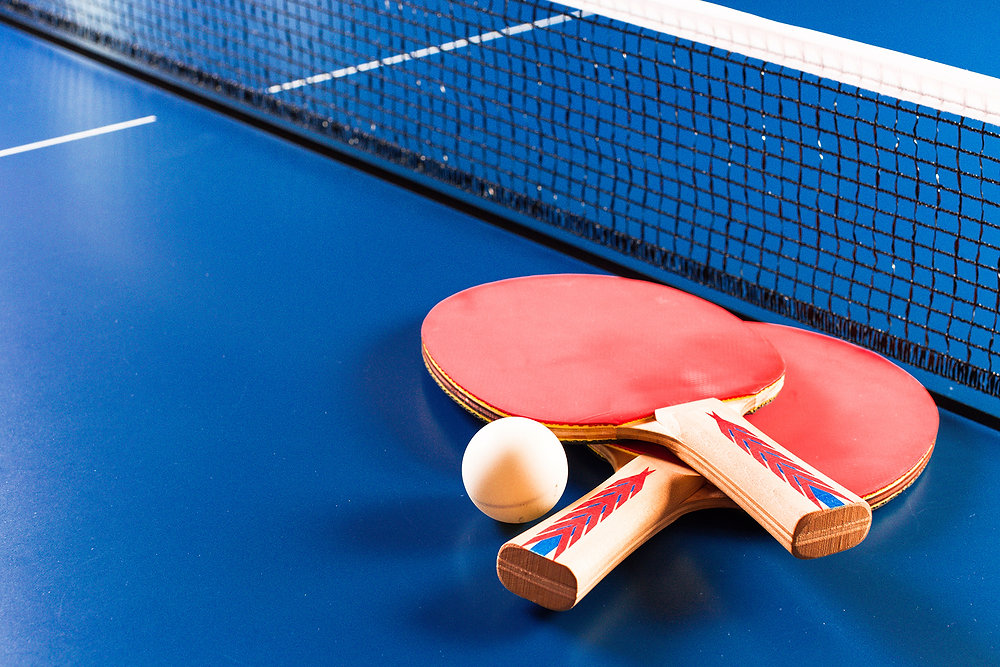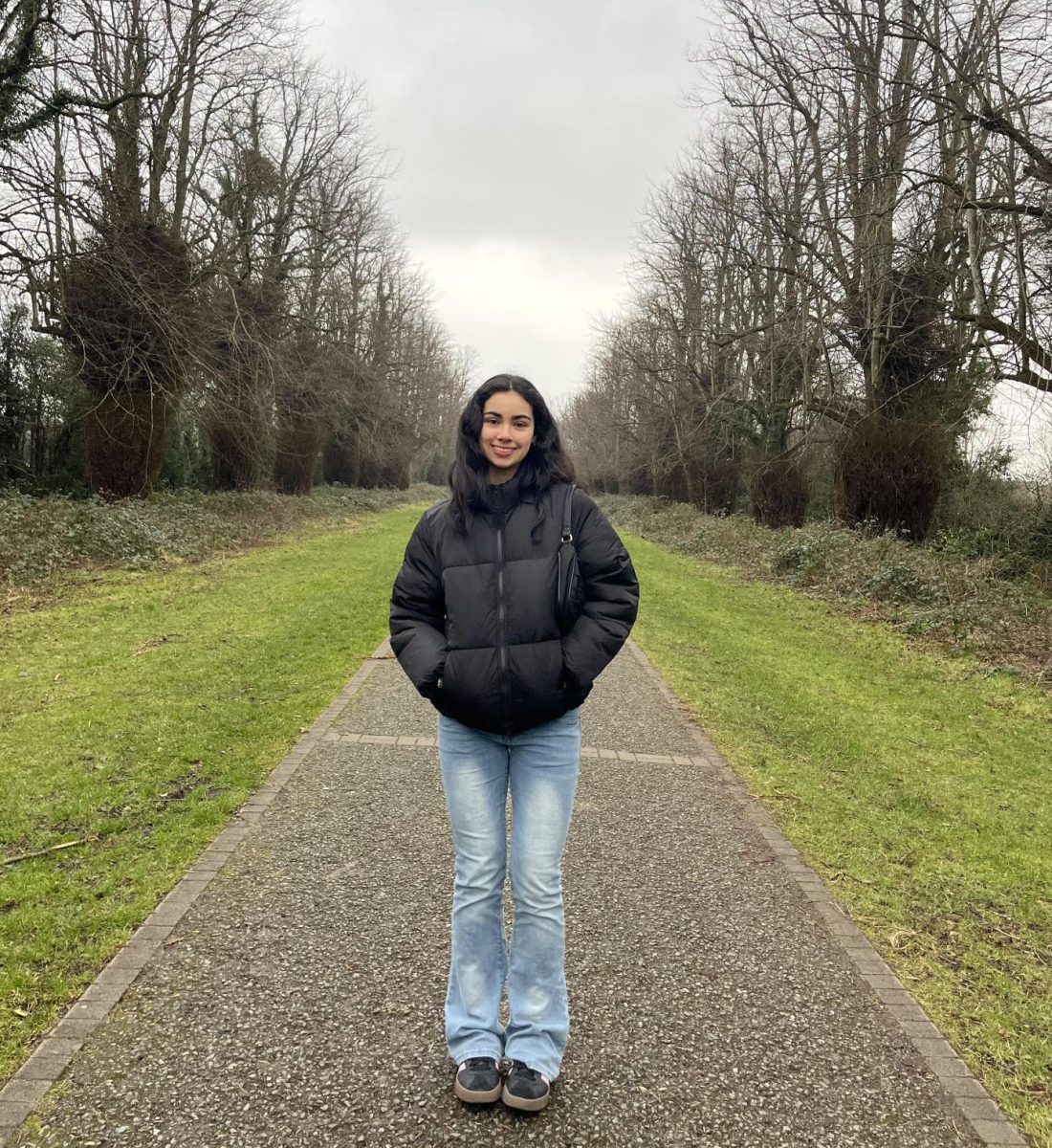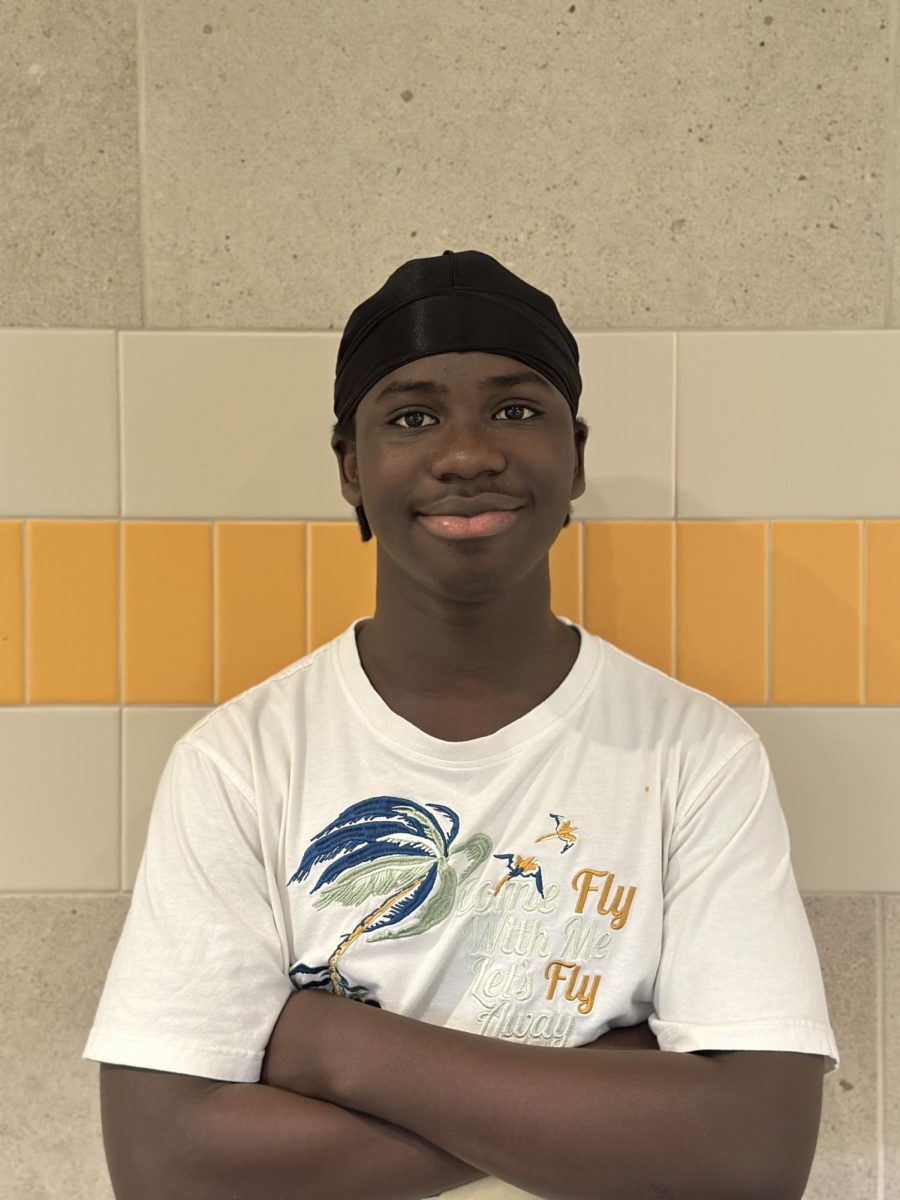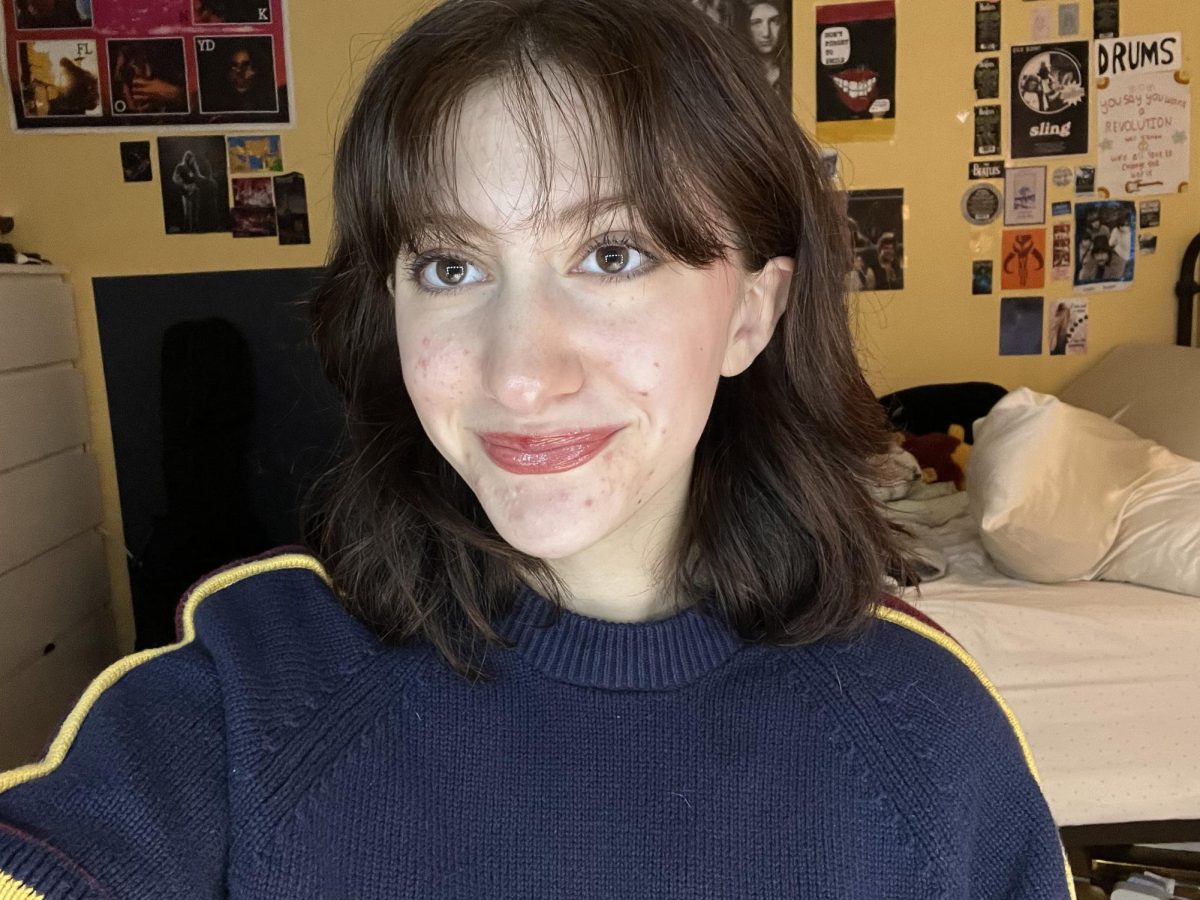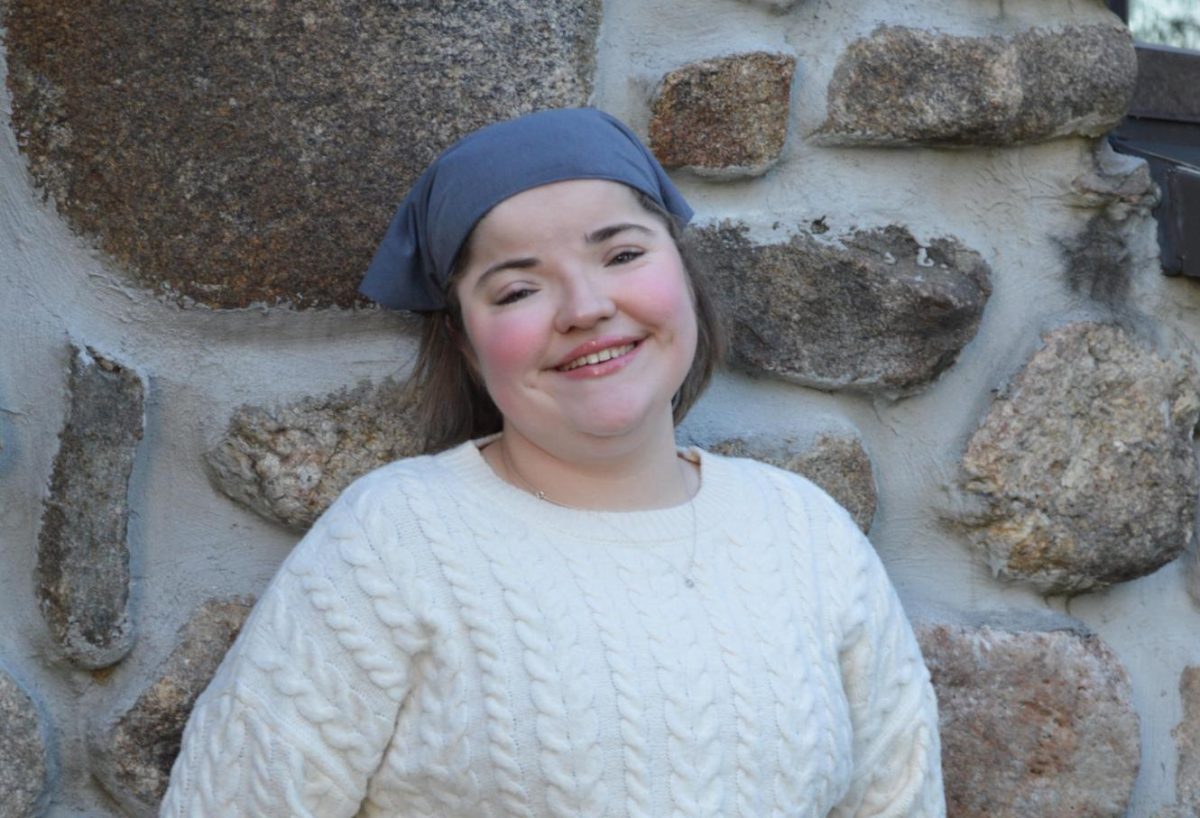I was the best.
As my cleats glided down the field, the blades of grass whipped my fat, chunky legs, and the sun blazed down on my head, I did what I did best: scored goals. By the age of 7, I was already considered a soccer prodigy in my town. I was headed for greatness.
Then, I wasn’t. Growing up, I realized that, perhaps, other kids were better than me. Was it possible? I was agile for my size, but I wasn’t quite “athletic”. I was a little round on the sides, shaped like a yoga ball, and my face resembled the fullness of a chipmunk. As a kid, I used force to be good, but now I needed skill. Soon, I began warming the bench more than I was ever playing. I learned the game from the sidelines, but as I continued, I realized my body could not keep up with my love for soccer.
So I quit.
It was a difficult decision – I was giving up a sport I had loved since childhood. In the sports community, quitting is frowned upon, and as a child, it had never really been an option for me. To quit signified that I was not good enough to continue and reach my full potential; I was giving up. But, despite all this, I placed my worn-out and tattered cleats in the garage, and I decided to change direction: I needed a stronger, faster body. And since I was unsure how to create an exceptional body to play soccer, I took a chance. A chance to change my sport to one that would cause unimaginable amounts of suffering but would hopefully lead me to the most improvement: Track and Field.
“FASTER! FASTER!, SWING YOUR ARMS! SPEED IT UP!” Coach White shouted impatiently.
It was “stairs” day, and our team sprinted up the stairs countless times. I was considerably the slowest on our team. Who knew going up and down the stairs would make my knees age 30 years? But like any other day, sweat dripped down my face, my shins felt as if they were going to shatter like glass, and cramps split my ribs in half. After practice, I heard the same question that I always hear in Coach’s lecture: “You can go faster, so why don’t you?” to which I’d repeatedly respond with “No point if I am never going to be the best.” And so, Coach declared to me, “Then I’ll teach you how to be the best.”
Although Coach White’s workouts were strenuous, his dedication and commitment motivated me; I couldn’t let the weight of his expectations break me. Rather than focusing on a better physique and losing weight, I needed to improve my stamina and endurance by researching and participating in races. As I attempted a newfound approach to breaking a school record, my times improved dramatically. My hard work finally began to pay off as I competed in my last race of the season at a state meet at the Reggie Lewis Center, with a fiery determination to set a record.
As I stood with my medal hanging from my neck, and a new school record on the board, I realized this was the result of not only my dedication but also of my quitting. While most view quitting as the easy way out and a lazy man’s answer to a problem, I turned it into a way to create an opportunity for me to grow and become a better athlete than I ever thought possible. Soccer might not have been my end-game, but as I finished that race, my new school record in the 4×800 meter can now sit next to the dusty, tattered, worn-out cleats that once raced across a field.
Here’s what Ms, Ledoux has to say about Coddan’s essay:
Of all my seniors this year, I think Coddan worked the hardest on his essay. The result is an effective mix of the best college essay elements: dialogue, description, figurative language, short paragraphs – and best of all, a very honest voice. I was especially struck with the beginning, when Coddan was willing to write about his thoughts about his greatness and the humbling that came as he grew. When he started, he knew he wanted to write about this topic, but it took many drafts to get the tone right, and the essay shows that when a topic is important to you, it’s worth the work to get the writing and message right – especially when you reveal complicated human emotions.


